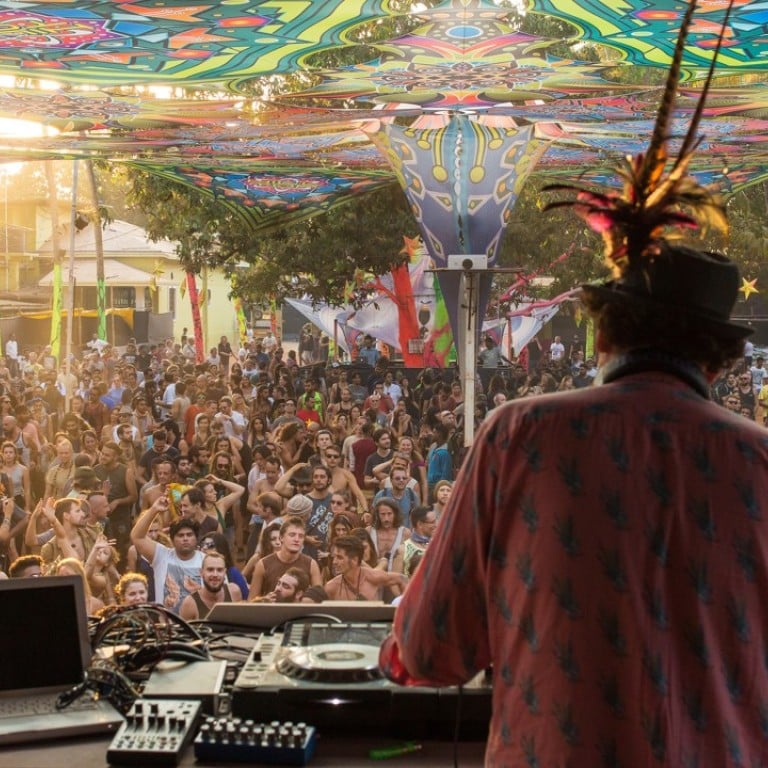
Six leading causes of tourist deaths, and how to avoid trouble in paradise
From deadly alcohol-induced stunts to wild animal encounters, there are plenty of ways to meet your maker while on holiday
Travelling the globe can be a dangerous business, or so it seems. Fear-mongering lists count down the world’s 50 most dangerous cities and the website touristkilled.com records a steady stream of deaths, attacks and robberies.
Lonely Planet recommends wearing shoes when plugging in appliances in Liberia, as electric shocks occur frequently in badly wired buildings. The guidebook publisher also warns against stepping off roads and marked trails in Cambodia, Bosnia and Mozambique due to unexploded landmines. Sunbathing on tropical beaches increases the risk of being hit on the head by a coconut – although you’d have to be extremely unlucky, and that’s the point.
Murders in cities considered dangerous are invariably the result of drug-related score-settling rather than gang members shooting tourists in cold blood. Of the 20 countries in the world with the highest murder rates, 17 are in Latin America, yet, according to Lonely Planet, one of the greatest threats to travellers in those lands is from fiesta fireworks. And despite perceptions to the contrary, terrorism disproportionately affects Muslims heading to, returning from, or praying at the local mosque. One life insurance company puts the chances of being killed in a terrorist attack at about one in 20 million and suggests you’re more likely to be fatally crushed by your own furniture.
If you’re still concerned about safety overseas, consider this, from a review of the US State Department’s registry of deaths abroad: over the past 13 years, an average of 827 Americans have died overseas of unnatural causes each year. To put the figure in context, 80 million Americans travelled abroad in 2017.
So, statistics are on your side but if you’re curious, here are some of the most common ways tourists kick the bucket while checking off their bucket lists.
1 Traffic accidents
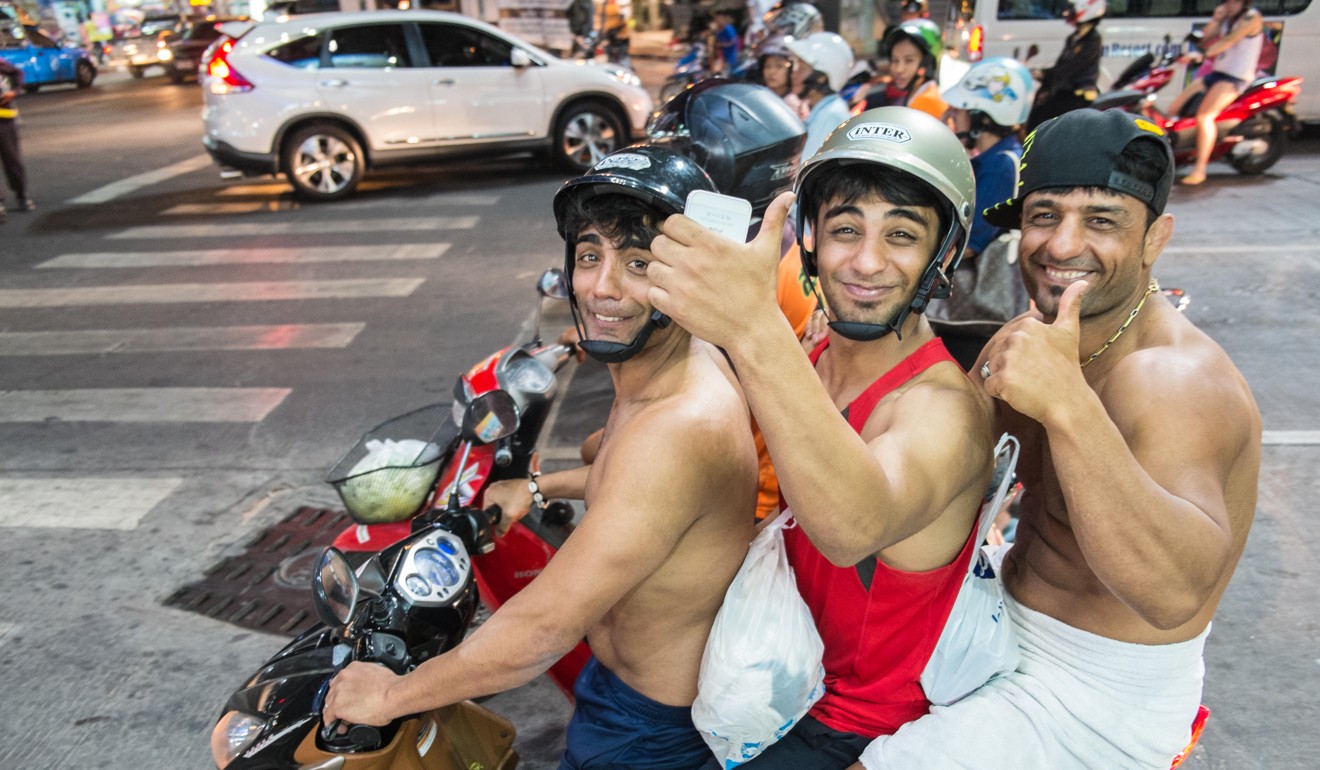
The easiest way to reduce your chances of dying on holiday is surprisingly straightforward: wear a seat belt. The most common cause of death for travellers anywhere in the world is a traffic accident. Cars are responsible for their fair share of casualties but, for tourists, renting a motorbike is akin to playing Russian roulette, particularly during Songkran, the Thai New Year festival, when even crossing the road is fraught with risk.
Thailand is the world’s deadliest country for motorcyclists, although that doesn’t stop inexperienced young globetrotters from hiring powerful but often clapped out machines. Helmets and shirts are viewed as optional – swigging from a beer bottle compulsory. An ignorance of local driving customs combined with a teenage need for speed ensures the phrase “accident waiting to happen” has rarely been more apt.
2 Drugs
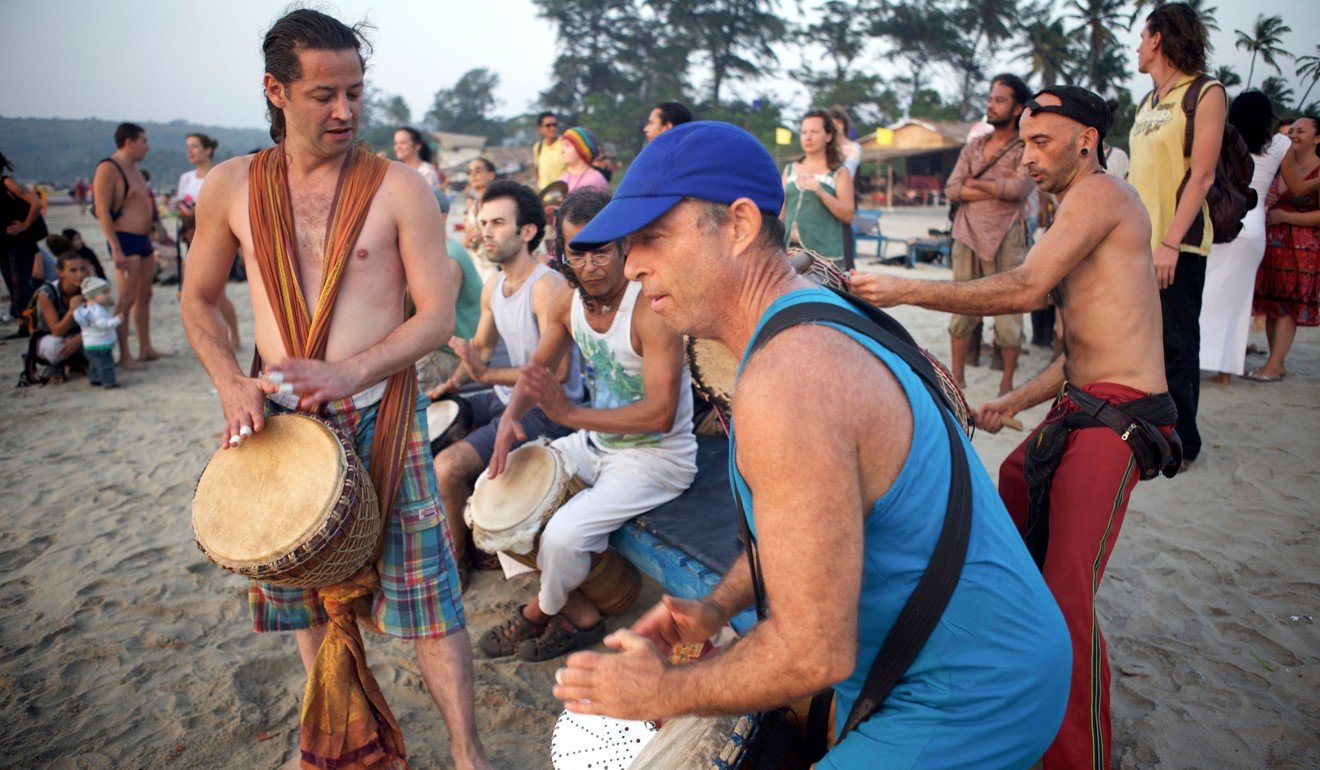
The combination of tourists and drugs provides endless potential for unhappy endings. Plenty of foreigners have been caught out by strangers who sell “something that’ll get you high” then tip off the police. Another trick involves seemingly friendly locals offering visitors sedative-spiked food or drink then robbing them. But actually dying from these nasty scenarios is rare, so let’s head to Goa, where 245 tourists have met their maker in the past 12 years.
Backpackers have long gravitated to the laid-back Indian state, drawn in part by the easy availability of recreational drugs. Determined to protect the lucrative tourist industry, police classify most deaths as unsuspicious but pressure from families of the deceased has led to cases being reopened, revealing a murky world of premeditated murders, sexual assaults and travellers who got too involved in the local drug scene.
3 Drowning
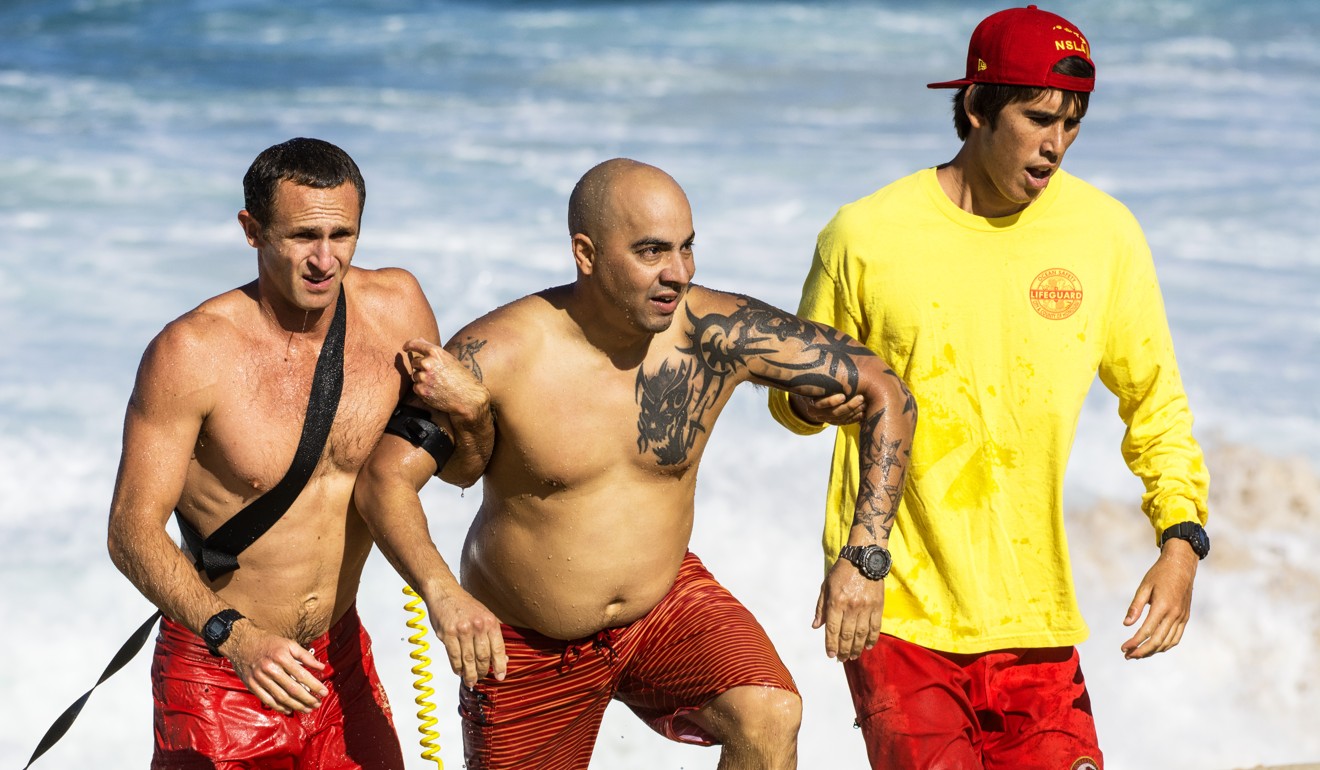
Some tourists think they gain superpowers while on holiday. Couch potatoes set off to hike the Grand Canyon before lunch and sunbathers who rarely pay a visit to their local swimming pool throw themselves into pounding surf. Drowning is easily the leading cause of death for tourists in Hawaii and is second only to traffic accidents in Phuket. Of the 700 mainland Chinese holidaymakers who died overseas last year, more than a third perished during water-based activities.
Beaches in many parts of the world suffer from strong currents and rip tides but the risks don’t necessarily diminish inland. In 2011, 27 backpackers died after leaping head first from rope swings into shallow rocky sections of the Nam Song River, near Vang Vieng, in Laos. At the time, safety measures were in short supply; it’s a shame the free shots of whisky weren’t.
4 Alcohol

On the subject of booze-related fatalities, an ever increasing number of tanked-up tourists in Spain have died while attempting to jump from balcony into hotel pool, a craze known as “balconing”.
Meanwhile, an extensive list of tourist tragedies in Thailand has been compiled into a searchable database at farang-deaths.com.
Drunken behaviour features prominently, often accompanied by graphic images and descriptions – it appears that some of those Phuket drownings involved intoxicated holidaymakers. Alcohol and balconies appear with distressing frequency, although this time there’s a sense that suicide rather than social media stardom is often behind the urge to leap.
5 Animals
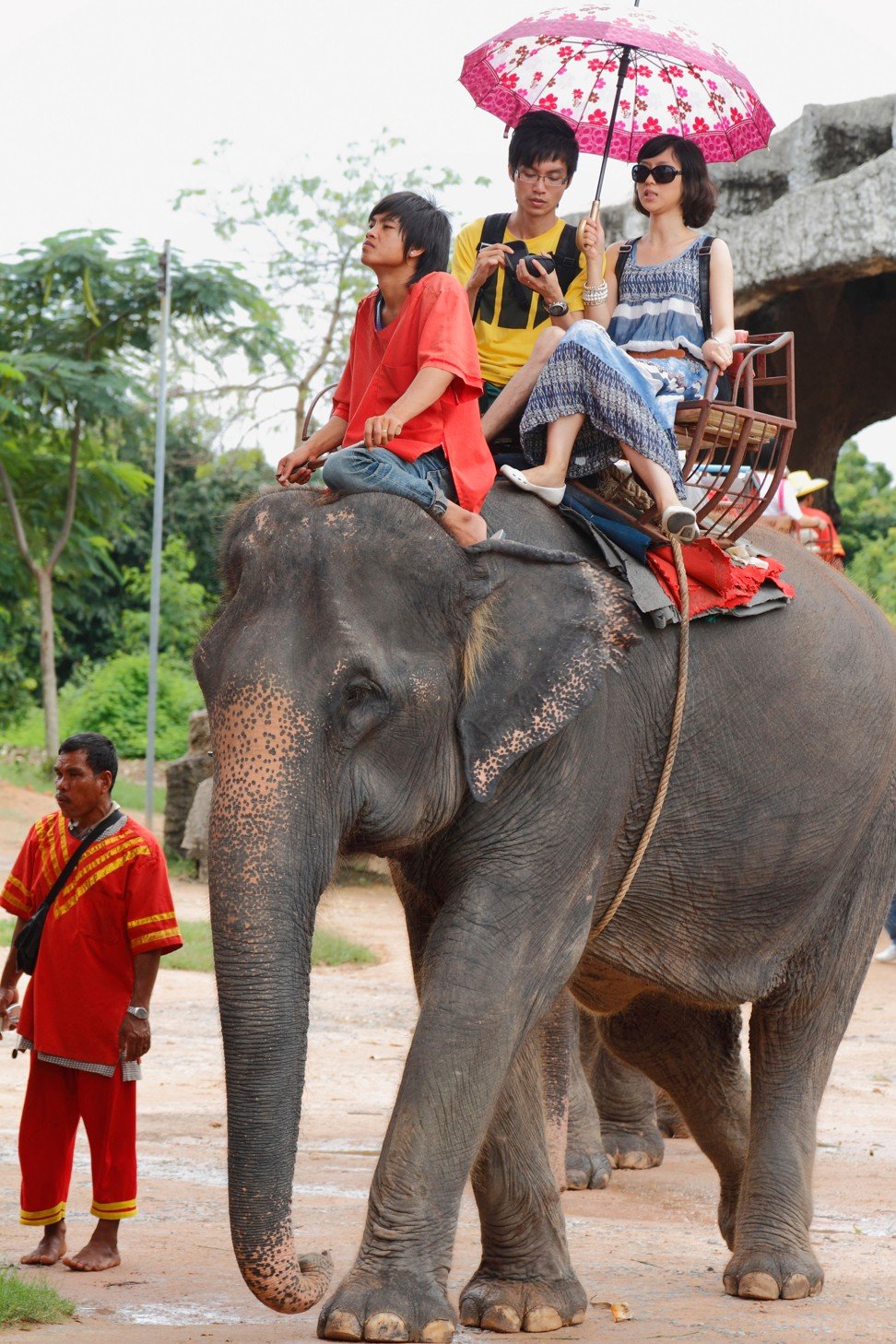
It’s estimated that in India alone an average of 45,000 people die each year from snakebites and about 20,000 from rabid-dog bites. Malaria-carrying mosquitoes are responsible for the deaths of about 445,000 people annually, although tourist fatalities make up a tiny percentage in each case.
At the other extreme – in terms of size – a Chinese tour guide was trampled to death last year when one of his group pulled an elephant’s tail, causing it to charge. More travellers are killed by hippos every year than sharks, bears and lions combined; getting between a mother and her calf is best avoided, as is camping on African lake shores. And if a rampaging hippo doesn’t get you, a crocodile might, so think twice before dipping your hand in the water on a river safari.
6 Selfies
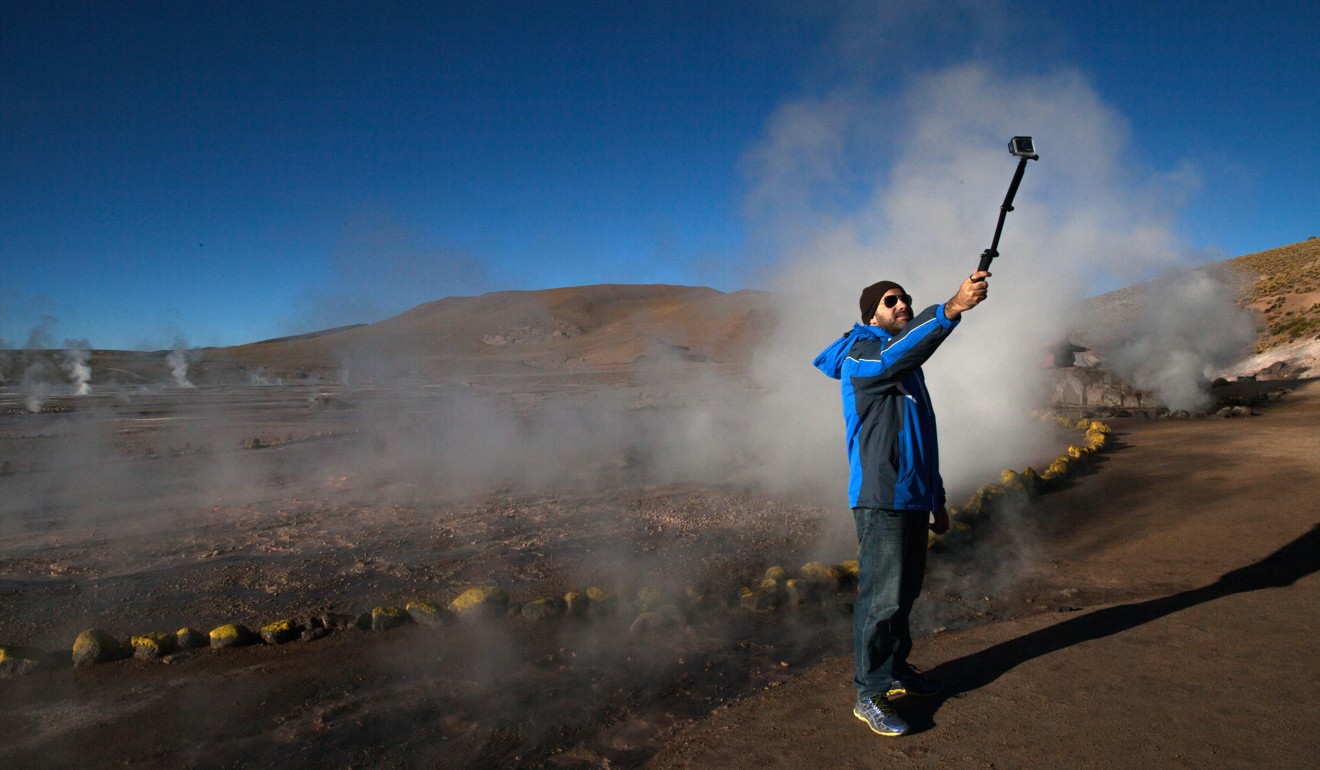
Just how far will sightseers go to get that perfect photo? Too far, it seems. More tourists die taking selfies than are killed by sharks – there’s even a Wikipedia page to prove it. It includes an account of the German who lost his footing and fell 40 metres after leaping into the air for a “flying selfie” at Machu Picchu and the man who was mauled to death by a bear in India as he tried to take a selfie with the creature.
While attempting to capture a memento of her visit to El Tatio geyser field, in Chile, a Belgian tourist stepped backwards and fell into the scalding hot water.
What are the odds? Probably about the same as being squashed to death by your wardrobe.

